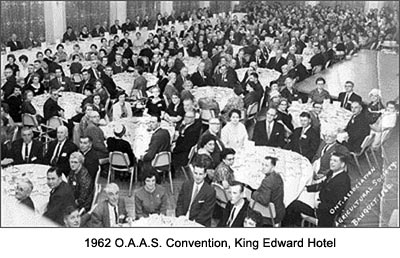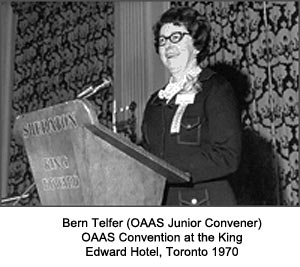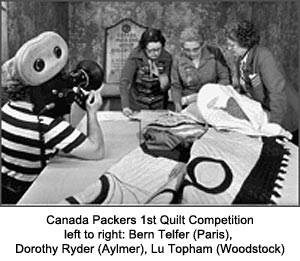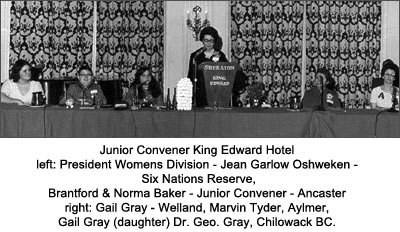History of Agricultural Fairs
By Guy Scott, OAAS Past President

Fairs are almost as old as recorded history. There were two types of ancient fairs: trade shows and festivals. From the biblical “Fairs of Tyre” to Sturbridge Fair in medieval England, fairs were used as market places and carnivals. In the 1700’s the British crossed the agricultural improvement society with the traditional trade fair/carnival and agricultural fairs were born.

These agricultural fairs were transplanted to the colonies by the earliest British settlers. The concept of fairs soon flourished in agrarian North America. In Canada, the first agricultural society was formed in 1765 in Nova Scotia. Ontario followed suit in 1792 with the Agricultural Society of Upper Canada based at Niagara on the Lake. From the Ontario strongholds, the concept of agricultural fairs spread west with the first settlers.

After a few false starts, the system of agricultural societies and their fairs spread all over Ontario in the 1800’s. They were organized by county and township and at one time numbered over 500 in Ontario alone. While agricultural societies used many methods (of varying success) to improve agriculture and the rural lifestyle, their most enduring and endearing legacy was the agricultural fair. Industrial exhibitions and festivals came and went, but the fairs just carried on. Fairs soon became an ingrained part of Ontario’s (and indeed Canada’s) culture. They still are, in our society.

Ontario Fairs have changed since their inception, but they still carry on their mandate of promoting agriculture and the rural lifestyle.
Want to see modern tradition meet the modern world? Attend a fair!